The developers of computational tools that can be used to accurately design and predict protein structures have been recognised with this year’s Nobel prize in chemistry. The Nobel committee noted that these tools have led to a revolution in biological chemistry and are today used by millions of researchers around the world.
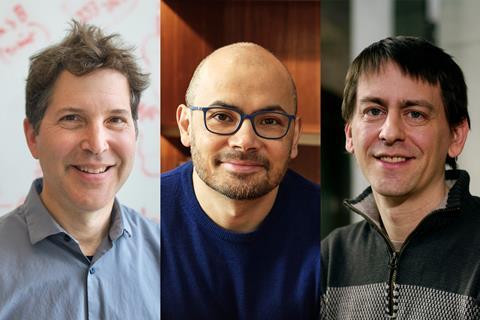
Demis Hassabis and John Jumper from Google’s DeepMind team received one half of the prize for their work on AlphaFold and AlphaFold2 – programs that dramatically increased the accuracy of protein structure predictions. In 2021, the team released 350,000 structures including those of all 20,000 proteins in the human proteome. In 2022 they provided the structures of a further 200 million proteins – almost every protein known to science.
The other half of the prize went to the University of Washington’s David Baker for work on protein design that began in the 1990s. He and his colleagues developed software known as Rosetta that analysed structural fragments of known proteins and used this information to design completely new proteins that would have the desired shapes.
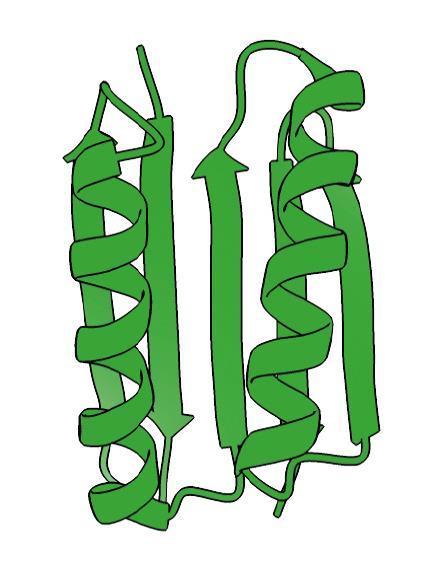
In 2003, Baker used the tool to design a protein made of 93 amino acids and then synthesised it in the lab – showing that the real-life version of the synthetic protein very closely matched its predicted structure. Since then Baker’s lab has developed the Rosetta tool further and used it to design new proteins that catalyse reactions not seen in nature and that possess specific desired biological functions.
According to the Nobel committee, the tools developed by Hassabis, Jumper and Baker mean that today, ‘both the structural design and prediction problems are largely solved’.
Speaking at the announcement, committee member Johan Åqvist, himself a computational biologist, noted that the leap in prediction accuracy that AlphaFold2 enabled was due to the program’s use of neural networks and deep learning – the technology at the centre of yesterday’s Nobel prize in physics.
Åqvist described the impact of the protein structure design and prediction tools as ‘truly huge’ noting that Baker’s research ‘opened up a completely new world of protein structures that we had never seen before’. He also noted that over two million researchers around the world make use of the AlphaFold protein structure database.
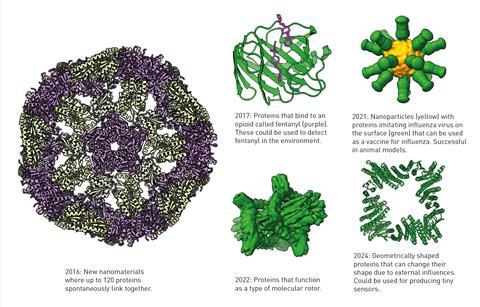
‘In order to understand how proteins work, you need to know what they look like, and that is what this year’s laureates have done,’ Åqvist added.
Speaking to the press immediately after the announcement Baker said that he was ‘very excited and deeply honoured’. He said that he had been asleep when he received the call from the Nobel committee and that when his wife started screaming upon hearing the news, he was told ‘to go somewhere where he could actually listen’. ‘It’s turning out to be quite a unique special day,’ he said.
Responding to the announcement, the president of the Royal Society of Chemistry, Annette Doherty, described the laureates’ work as ‘remarkable’. ‘Chemistry is a science with innovation at its core and the potential to genuinely change our world, and their exciting work is a prime example of that,’ she said. ‘The benefits of this research are remarkable as we can all look forward to applications improving our health and wellbeing.’
Writing on X, Ardem Patapoutian, who won the 2021 Nobel prize in medicine for research on the biology that underpins our sense of touch and temperature, noted that researchers in his lab ‘use the tools they developed every day’.





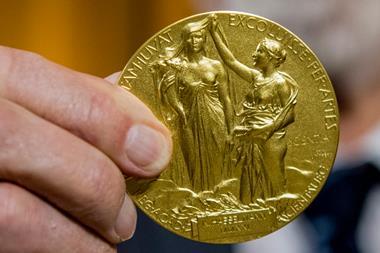


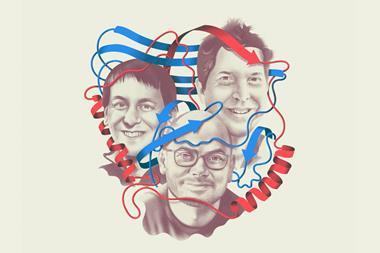








No comments yet